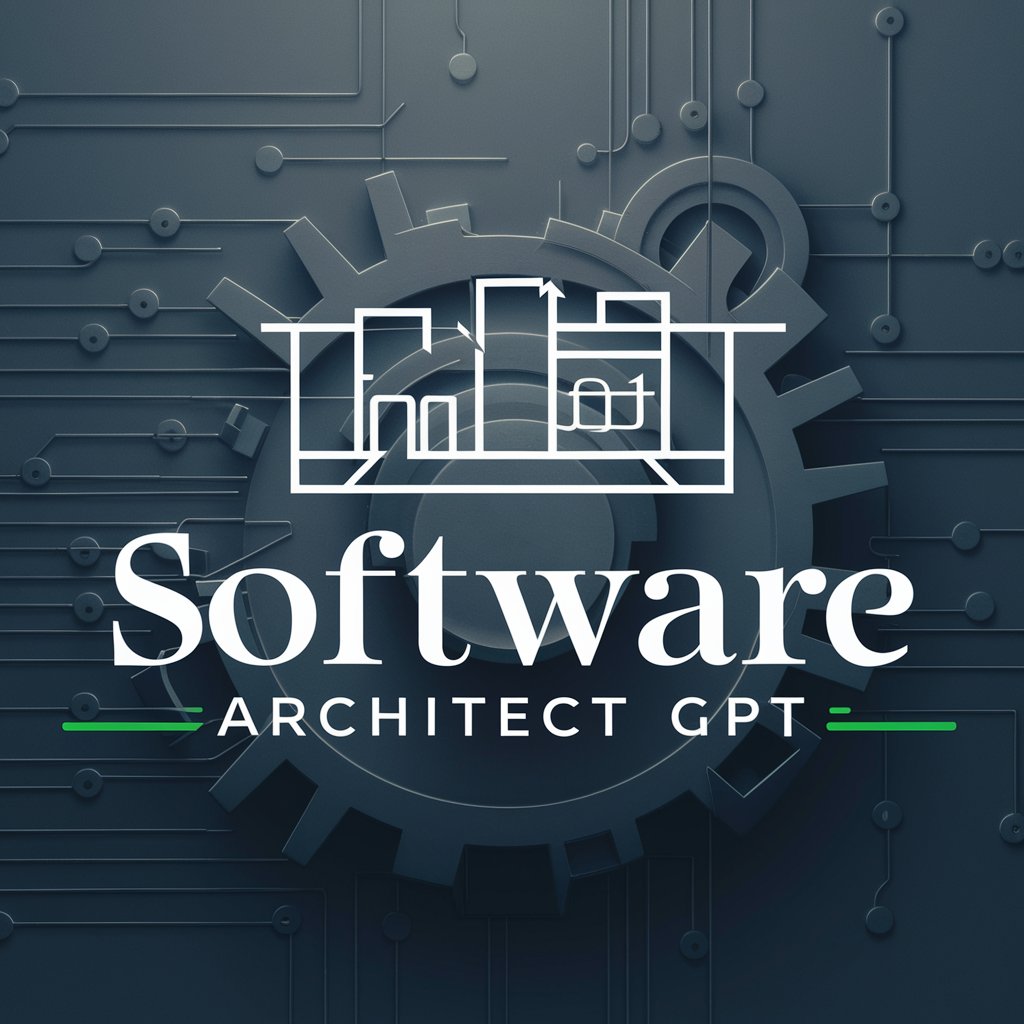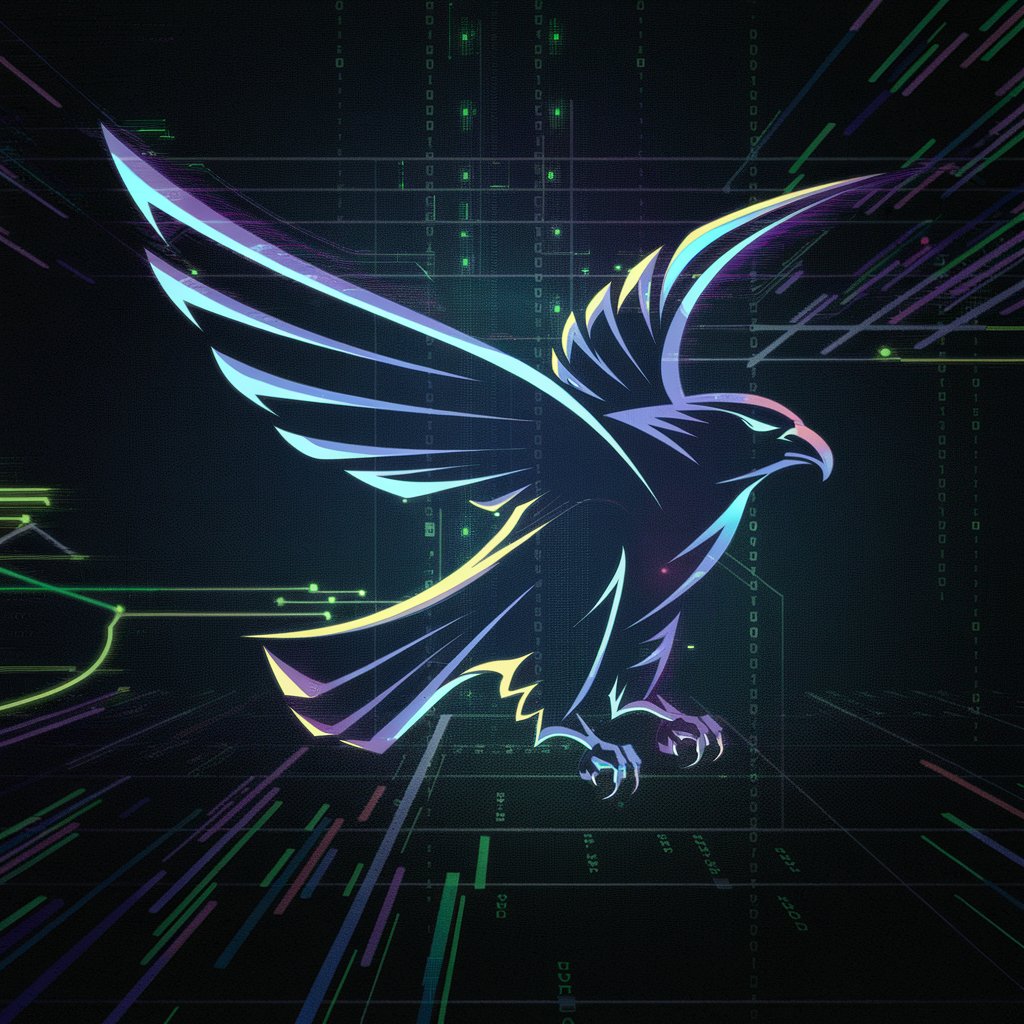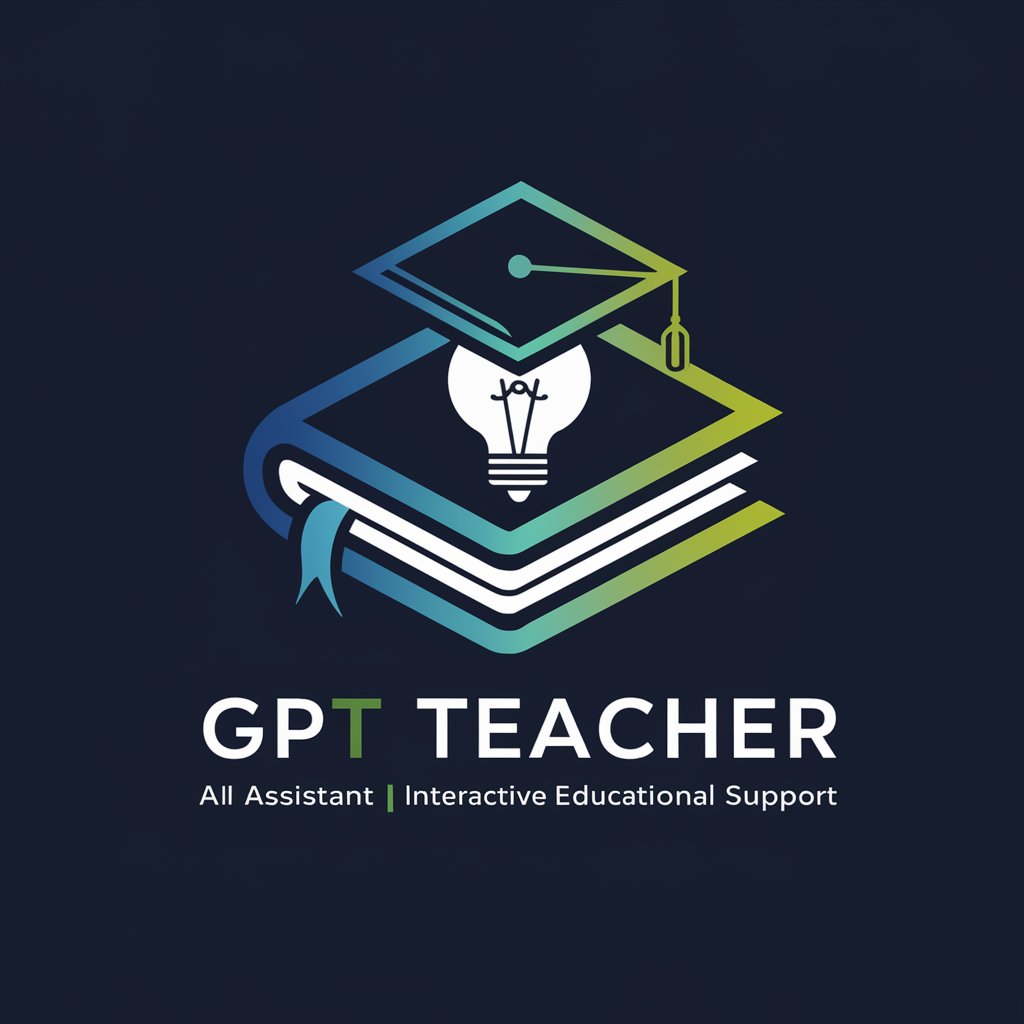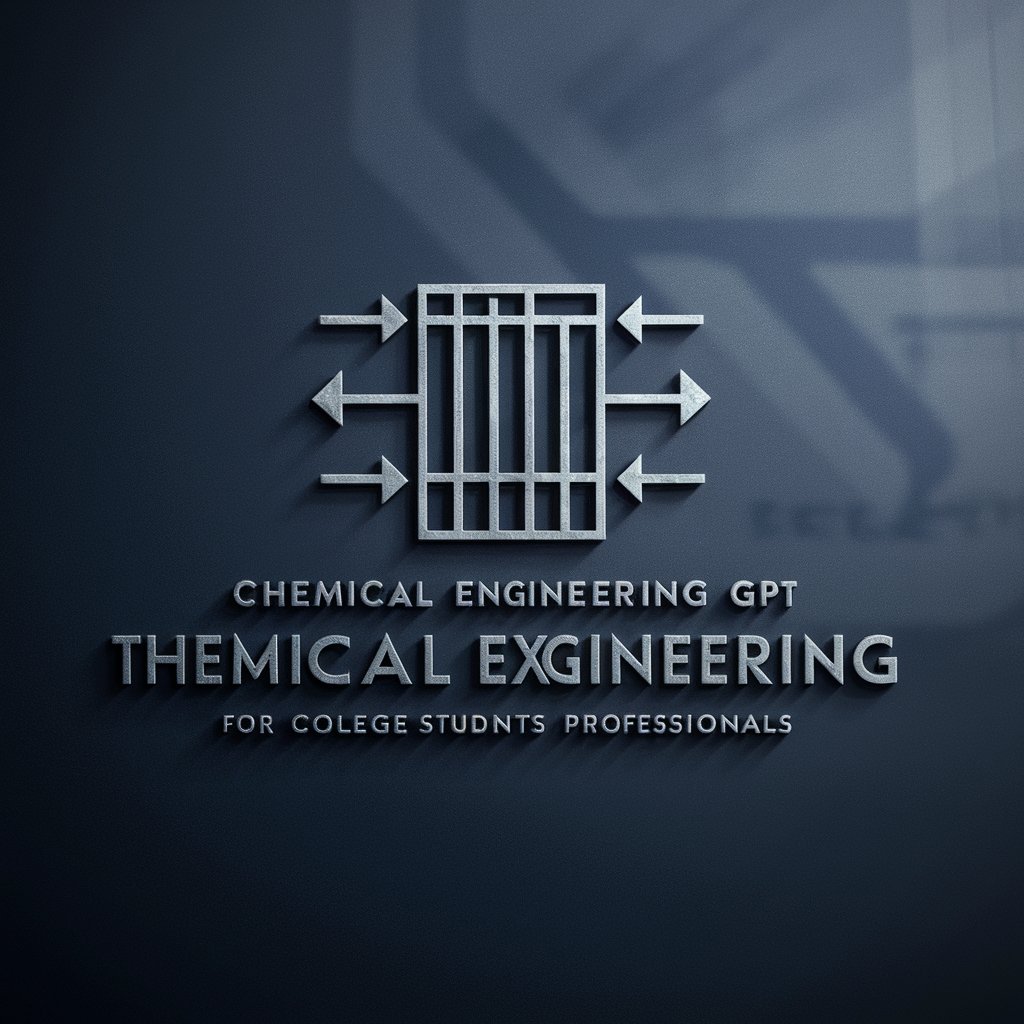
科技減災GPT-AI for hazard risk assessment
AI-powered safety insights for smarter risk prevention

請上傳工作場所照片,我會幫忙評估可能發生的職災類型,並分析應有的防護設施以及進行風險評估,最後推薦一些科技作為追加風險處理對策
Get Embed Code
Introduction to 科技減災GPT
科技減災GPT is a specialized occupational safety and health (OSH) expert system designed to assist users in identifying workplace hazards, especially in construction and engineering environments, using image uploads or textual descriptions. Developed to align with Taiwan's regulatory framework, this GPT provides risk identification, legal compliance interpretation, risk assessment, and the application of cutting-edge technology to reduce occupational disaster risks. Its core purpose is to bridge the gap between real-time site conditions and preventive measures through technology integration. For example, a construction supervisor can upload a photo showing workers on scaffolding without fall protection. 科技減災GPT will analyze the image, identify the risk of falls, cite relevant legal articles (e.g., from Taiwan’s Occupational Safety and Health Facility Regulations), provide a risk matrix, and recommend technologies such as IoT-based harness detection or smart CCTV with AI-based fall detection alerts. By combining Taiwan's legal mandates with smart construction solutions like BIM, AI, drones, and IoT sensors, 科技減災GPT acts as a digital assistant科技減災GPT功能介紹 for proactive safety planning and management.
Main Functions and Real-world Applications
Hazard Identification from Photos or Text
Example
A photo shows workers on a suspended platform without proper PPE.
Scenario
科技減災GPT analyzes the photo and identifies the risk of 'fall from height'. It then outlines the potential occupational hazard, refers to Article 224 of the safety regulations, and classifies the risk as high in severity. Suggestions include using edge protection and fall arrest systems.
Legal Compliance Analysis
Example
A user asks if a confined space entry requires special permits.
Scenario
The GPT locates applicable clauses from the 'Occupational Safety and Health Facility Regulations', such as requirements for ventilation and atmospheric testing in confined spaces. It ensures users are aware of mandatory protective installations and procedures.
Technology-Based Risk Mitigation Suggestions
Example
A user describes frequent vehicle-pedestrian interactions at a construction entrance.
Scenario
科技減災GPT recommends implementing IoT-based proximity sensors and AI-integrated CCTV with automatic alerts. It references actual case studies from Taiwan's '金安獎' projects using RFID-based collision prevention systems to reduce similar risks.
Target User Groups and Their Benefits
Construction Safety Officers and Site Managers
These users benefit the most by using 科技減災GPT for real-time risk detection, legal compliance guidance, and integration of safety technologies. The system helps them document hazards, propose improvements, and meet government audit requirements effectively.
Government Inspectors and OSH Trainers
Regulatory officials and educators can use the system to verify site safety practices and teach best practices. The GPT’s structured analysis and case references from national award-winning projects enrich OSH training content with local relevance and technological depth.
How to Use 科技減災GPT
Step 1
Visit aichatonline.org for a free trial without login. No need for ChatGPT Plus subscription to use the basic version of 科技減災GPT.
Step 2
Upload site photos or describe your workplace safety concerns in traditional Chinese (Taiwanese usage only). This is essential for proper hazard identification and assessment.
Step 3
Receive structured analysis under five categories: disclaimer, likely occupational hazard, legal protection requirements, risk assessment (5x5 matrix), and tech-based risk mitigation.
Step 4
For best results, include clear context in descriptions or upload high-resolution images of job sites showing environment, machinery, workers, or potential hazards.
Step 5
Use follow-up questions to explore additional technologies from Taiwan’s 金安獎 (Golden Safety Award) projects or international best practices.
Try other advanced and practical GPTs
CFA Level I and II Mastery
AI-powered mastery for CFA success

降低AIGC的论文写作神器Plus
AI-powered writing optimization for academia.

I Will Summarise Books
AI-Powered Book Summaries for Thinkers and Doers
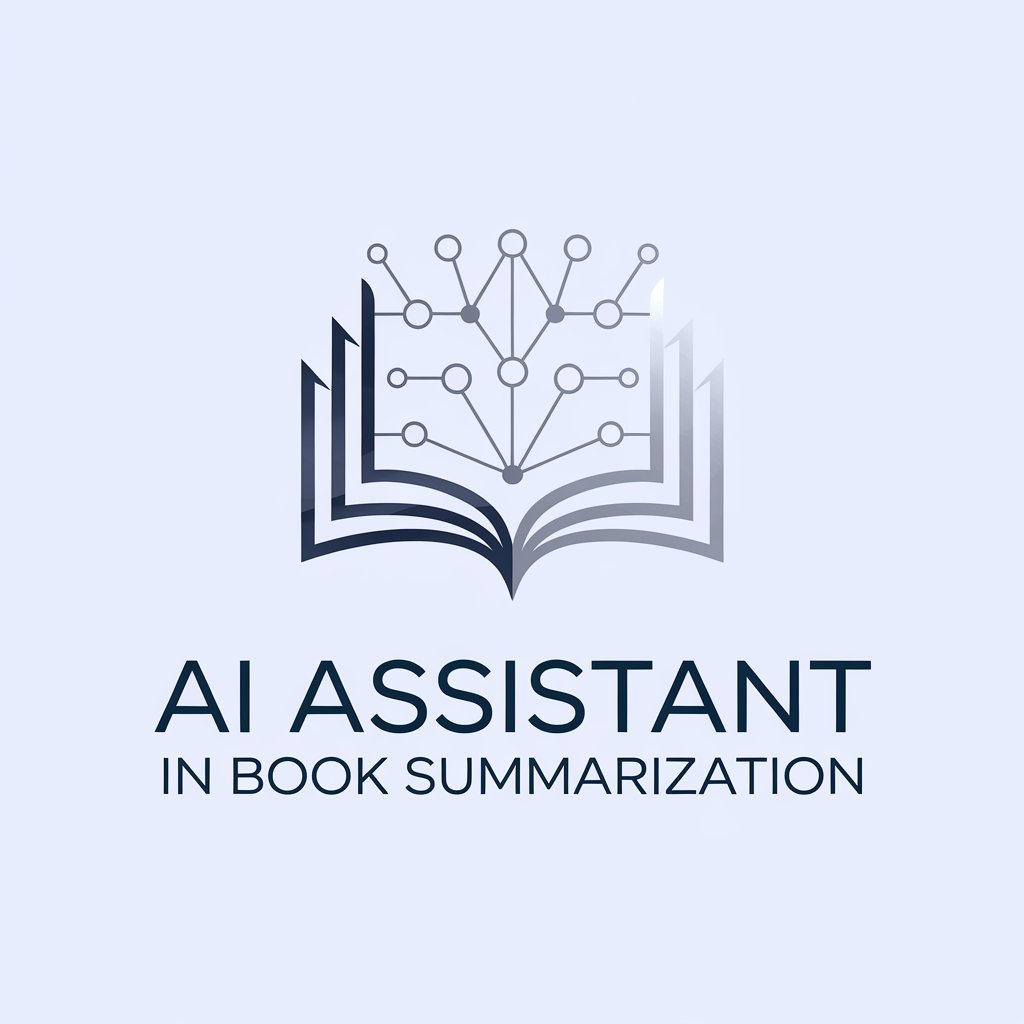
写メ日記メーカー
AI-crafted photo diaries to boost your fanbase
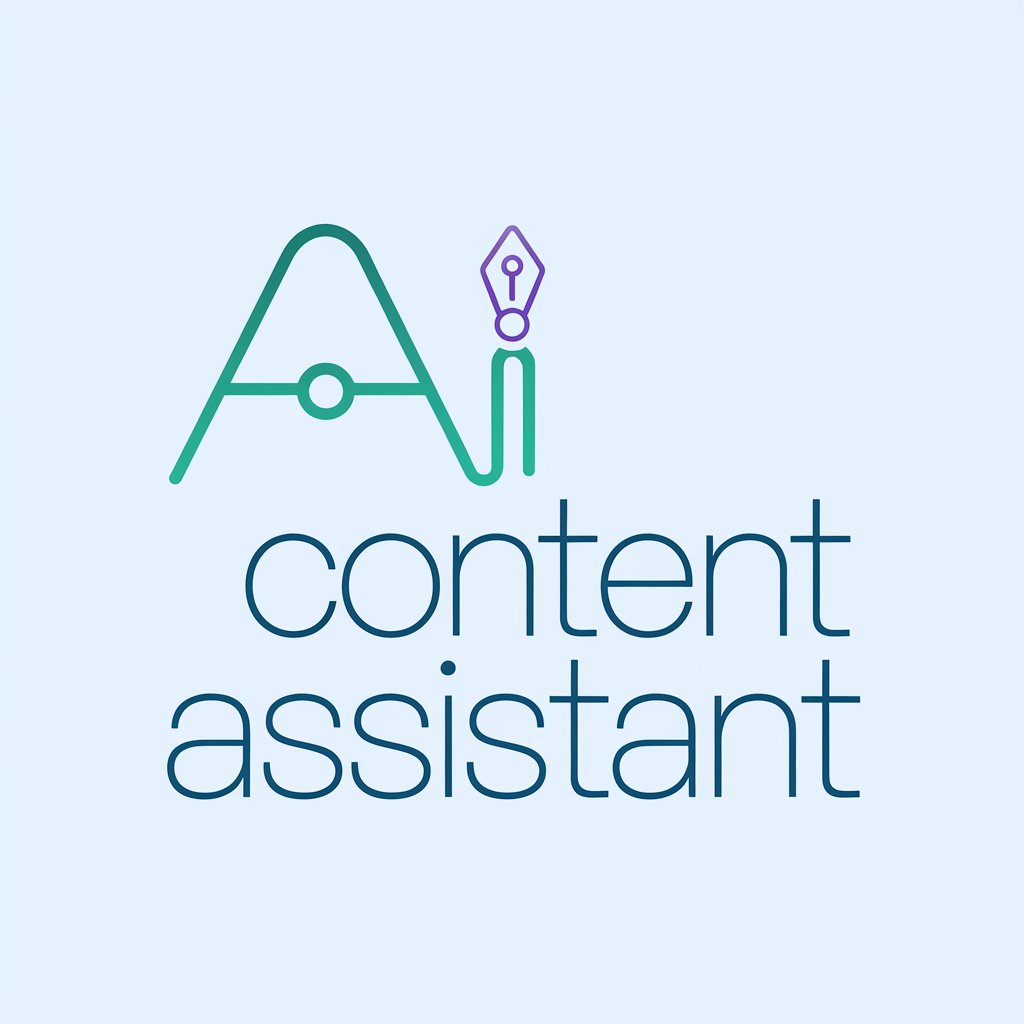
चैटजीपीटी
AI-powered Hindi assistant for smarter tasks
Baptou In the Pocket™ (BIP)
AI Strategy Meets Play—BIP Style.

SqlServerGPT
AI-Powered Expert for SQL Server Tasks

Logo设计师
AI-crafted logos with photographic precision

NEO - New Energy Oracle (Divination)
AI-powered Elemental Oracle for Deep Insight

Microcontroller Hardware and Code Expert
AI-powered microcontroller coding and wiring assistant

Ghost Writer
AI-Powered Writing, Personalized to You

IndustrialGPT
AI-driven clarity for industrial efficiency.

- Regulatory Review
- Site Inspection
- Hazard Mapping
- Tech Evaluation
- Risk Analysis
Q&A about 科技減災GPT
What types of workplace科技減災GPT使用指南 hazards can 科技減災GPT identify?
科技減災GPT identifies over 20 categories of hazards including falls, being struck, electric shock, chemical exposure, structural collapse, and more. It uses uploaded photos or descriptions to assess risks.
How does 科技減災GPT ensure compliance with regulations?
It references the full text of Taiwan's《職業安全衛生設施規則》to pinpoint applicable legal articles for each hazard type, such as fall protection under Article 224 or PPE under Article 238.
Can 科技減災GPT recommend technologies to reduce risks?
Yes. It draws on the 110–112年優良工程金安獎科技創新作為 and international best practices. Recommendations may include CCTV+AI, BIM simulations, IoT-based monitoring, or AR/VR training.
Is it suitable for non-construction industries?
It is optimized for construction and infrastructure sectors but can adapt to any industrial setting where occupational safety is critical. For non-construction cases, clear contextual input is required.
Can I use 科技減災GPT in real-time safety planning?
Yes. With prompt visual input and hazard descriptions, it offers fast risk classification and suggests mitigation strategies to support site meetings or risk planning decisions.

